
Planetary Picture of the Day
Week of March 13, 2023
Millions of stars in Andromeda, clouds and dunes on Mars, and a weird raviolo of a moon.
Monday, March 13, 2023
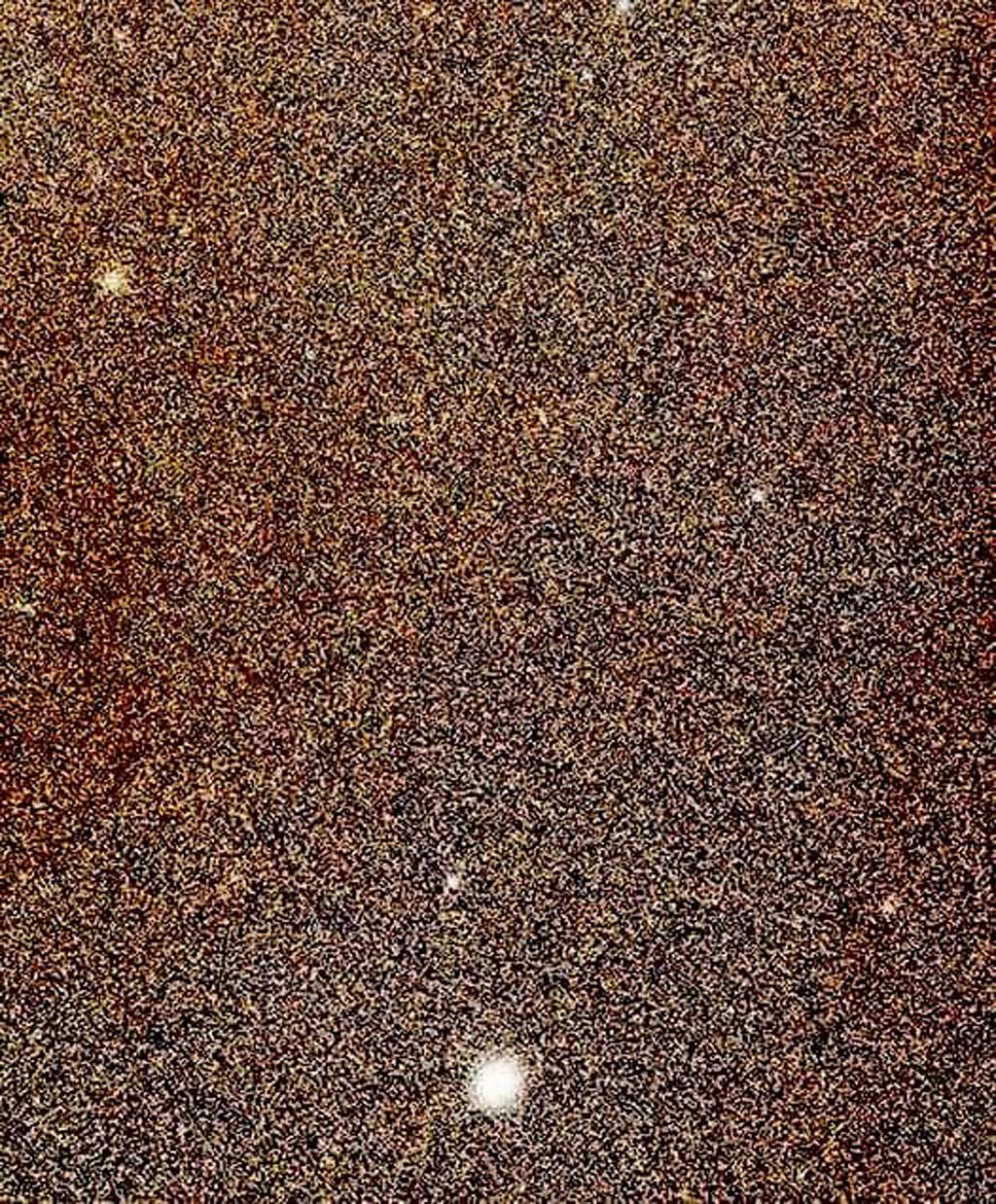
Andromeda Galaxy, Close Up
After last night's Oscars ceremony, we're sharing some different kinds of stars, and the Andromeda Galaxy is ready for its close up. There are about 500 million stars at the heart of M31 in this Hubble image!
You can zoom into the full original image here: https://buff.ly/3ywkaZ0
Tuesday, March 14, 2023
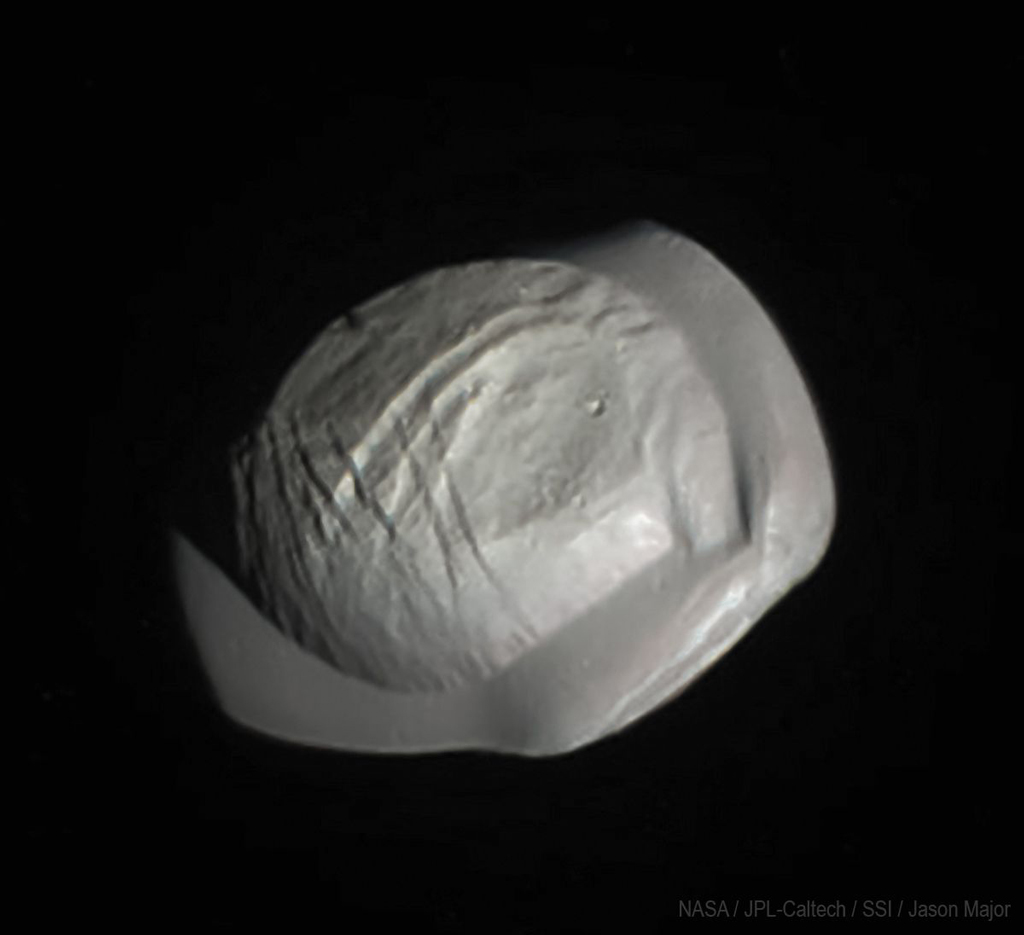
Moon or Raviolo?
Saturn's unusual moon Pan as processed from images captured by NASA's Cassini spacecraft on March 7, 2017. Pan is about 34 km wide and shaped like a giant bit of stuffed pasta. Pan is a ring shepherd and is responsible for keeping the Encke Gap in Saturn's A ring free of ring particles. This innermost moon of Saturn was discovered by SETI Institute Senior Research Scientist Mark Showalter back in 1990 using data from the Voyager 2 mission.
Wednesday, March 15, 2023
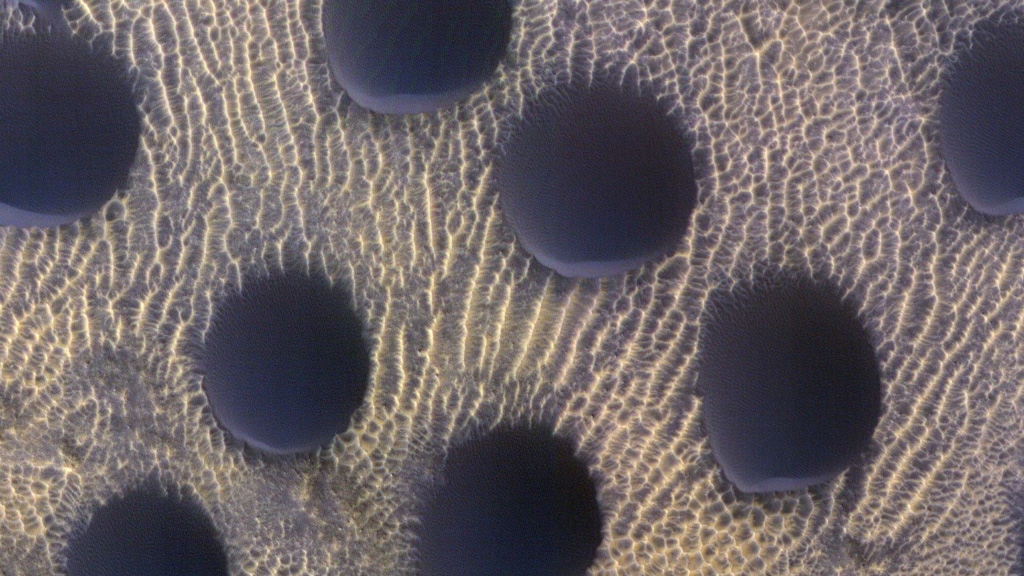
Circular Dunes on Mars
The slight asymmetry in the sand dunes shows their steep sides are orientated towards the south. The University of Arizona, which operates the High-Resolution Imaging Experiment (HiRise) camera used to take the image, pointed out in a statement that this indicates sands are blown southwards, though the Martian winds may be variable. The image was taken on November 22, 2022, at a latitude of 42.505 degrees and a longitude of 67.076 degrees. It comes as part of a series of pictures taken by the HiRise camera that orbits Mars on the Mars Reconnaissance Orbiter (MRO) spacecraft. The image width is about 1 km across.
Thursday, March 16, 2023
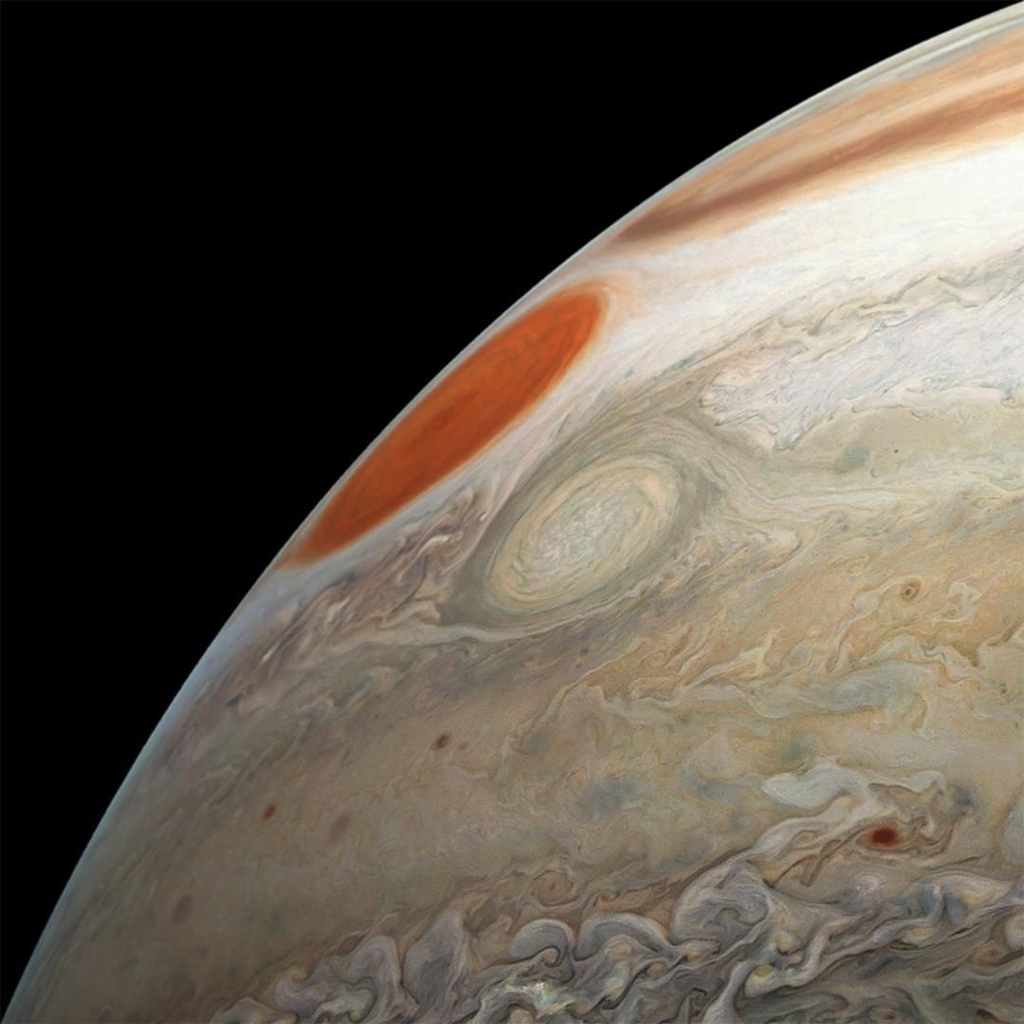
Two Massive Storms
This image of Jupiter’s turbulent southern hemisphere was captured by NASA’s Juno spacecraft on Dec. 21, 2018.
This new perspective captures the notable Great Red Spot, as well as a massive storm called Oval BA. The storm reached its current size when three smaller spots collided and merged in the year 2000. The Great Red Spot, which is about twice as wide as Oval BA, may have formed from the same process centuries ago.
Citizen scientists Gerald Eichstädt and Seán Doran created this image using data from the spacecraft’s JunoCam imager.
Friday, March 17, 2023
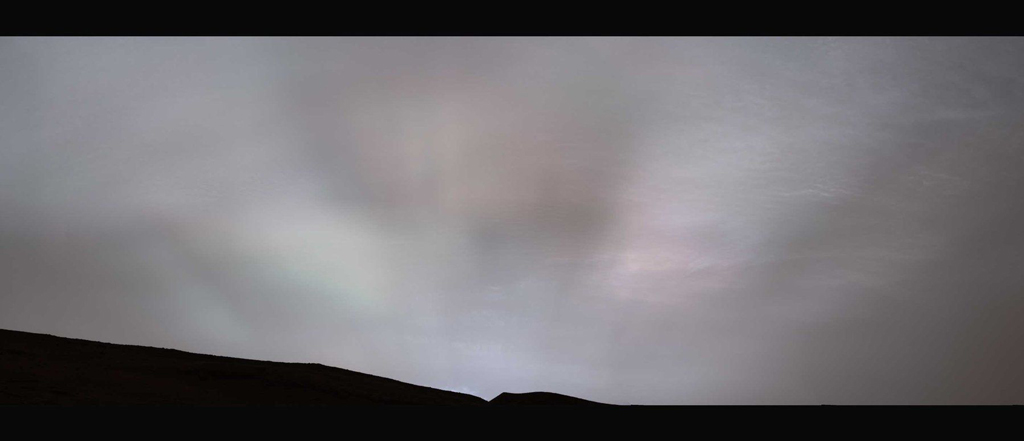
Curiosity Views First ‘Sun Rays’ on Mars
NASA’s Curiosity Mars rover captured these “sun rays” shining through clouds at sunset on Feb. 2, 2023, the 3,730th Martian day, or sol, of the mission. It was the first time that sun rays, also known as crepuscular rays, have been viewed so clearly on Mars.
Curiosity captured the scene during the rover’s newest twilight cloud survey, which builds on its 2021 observations of noctilucent, or night-shining, clouds. While most Martian clouds hover no more than 60 kilometers above the ground and are composed of water ice, the clouds in the latest images appear to be at a higher altitude, where it’s especially cold. That suggests these clouds are made of carbon dioxide ice, or dry ice.
This scene is made up of 28 individual images captured by the rover’s Mast Camera, or Mastcam. The images have been processed to emphasize the highlights.





